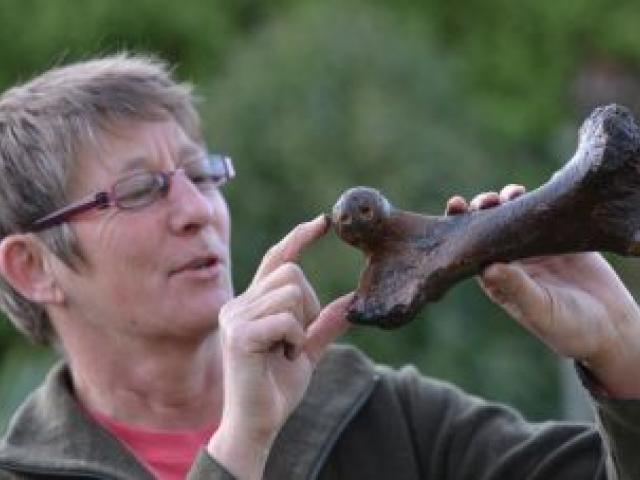
The coastal site, believed to date to the mid-1300s, was used by Maori to butcher and cook the flightless birds.
It is now being threatened by coastal erosion and has been excavated twice since October to retrieve material, including moa bones, before they are lost.
Department of Conservation technical adviser Shar Briden said yesterday a person or persons had dug pits at the site looking for material.
''Local people are now keeping a very close watch on it to catch whoever is doing it,'' she said.
The site was used to prepare and cook moa, so was unlikely to contain artefacts such as adzes or greenstone, she said.
It was illegal under the 2014 Heritage New Zealand Pouhere Taonga Act to modify, disturb or destroy any historic site or one dating before 1900.
The Act provides for fines of up to $150,000 for destroying a site and $60,000 for modifying one.
A sign had also been put up warning people against digging, which would aid any prosecution.
The site was first identified and dug in 1852.











